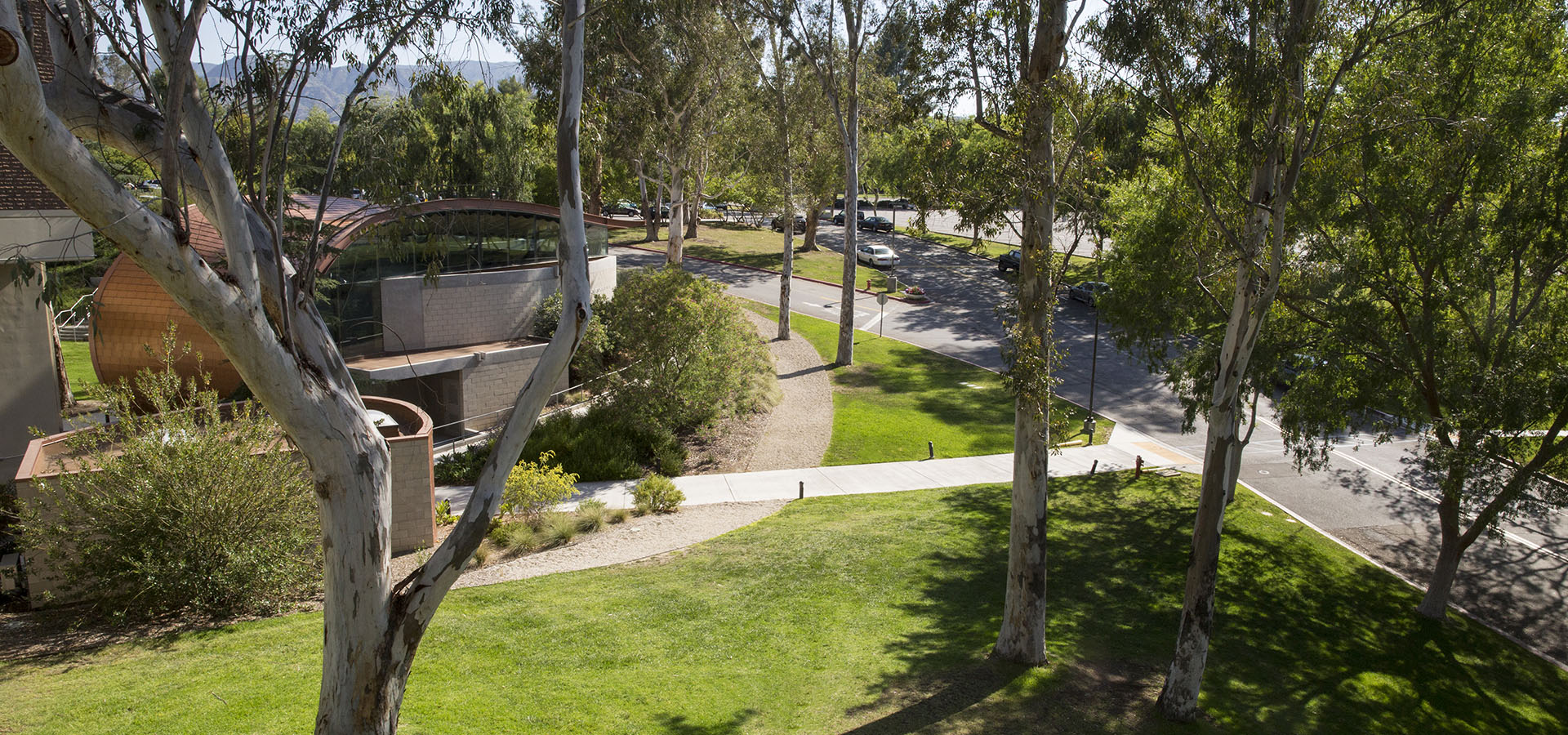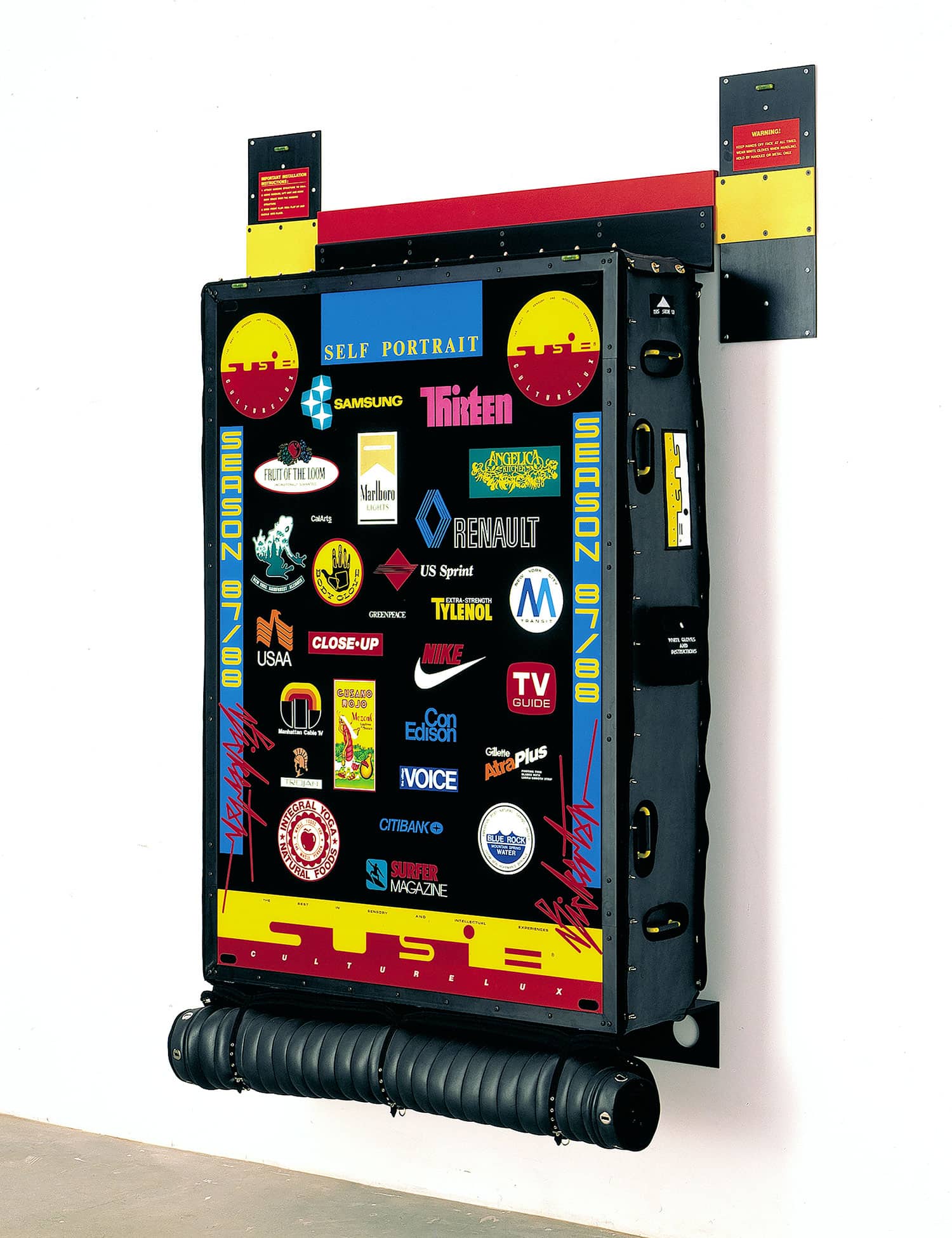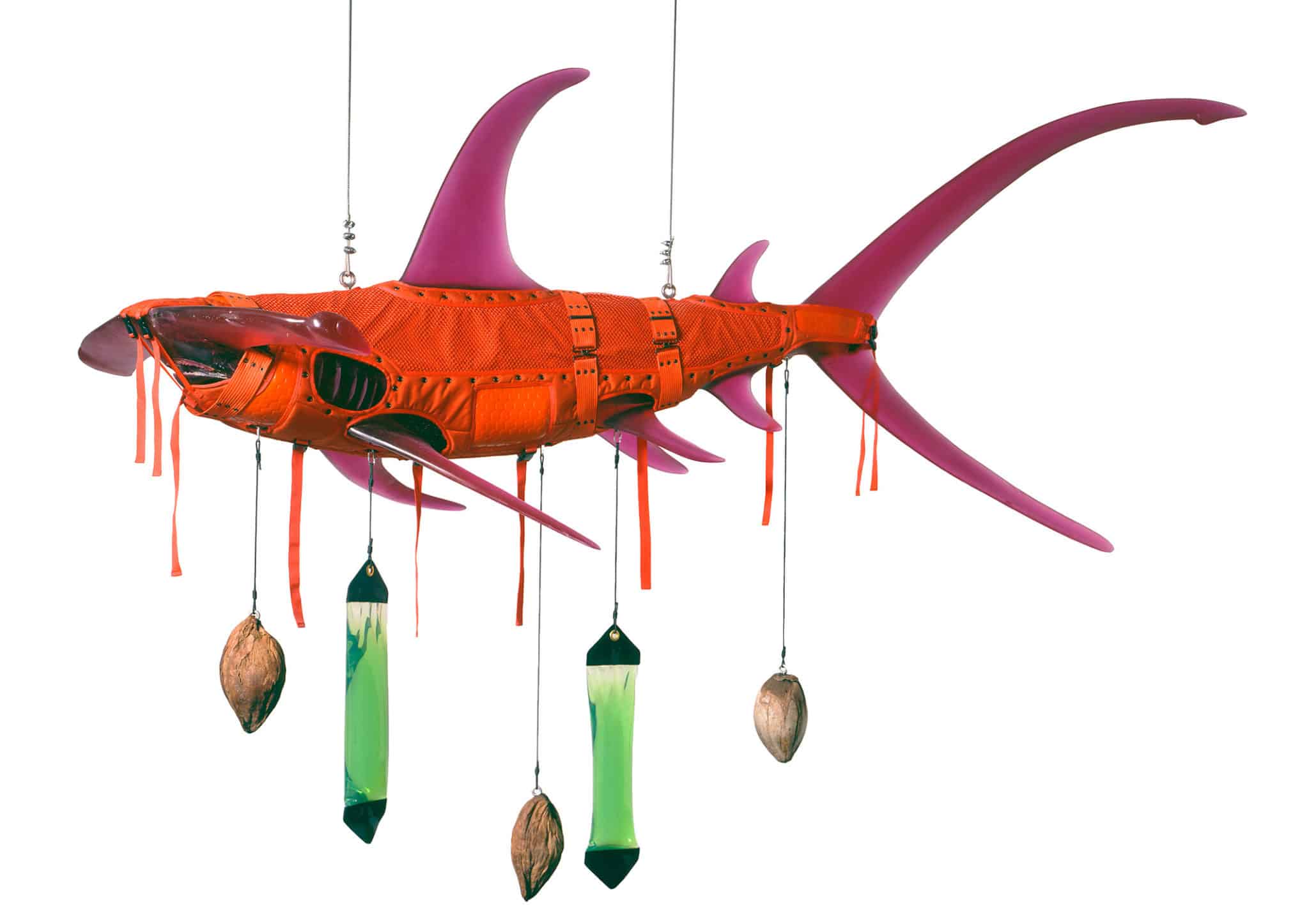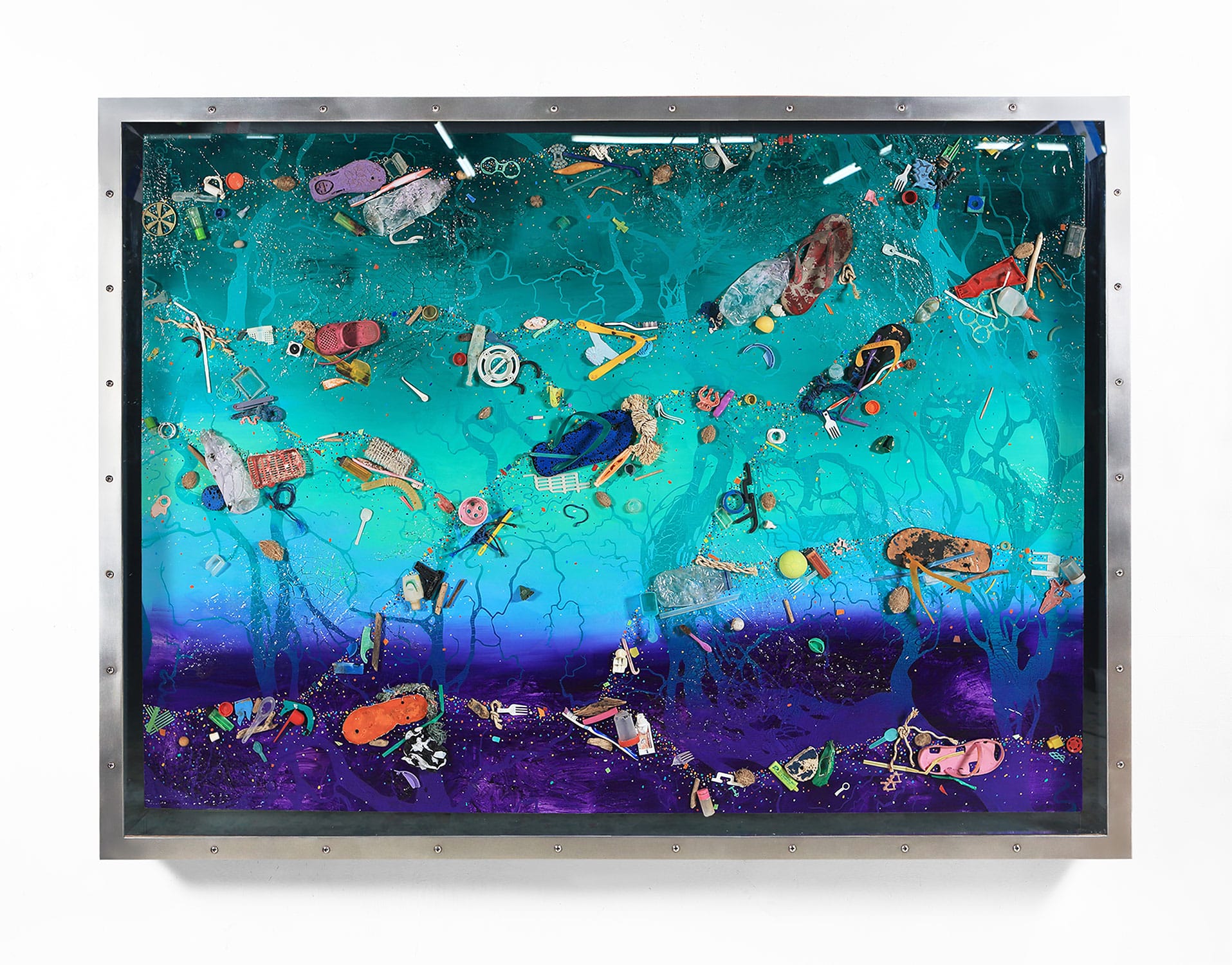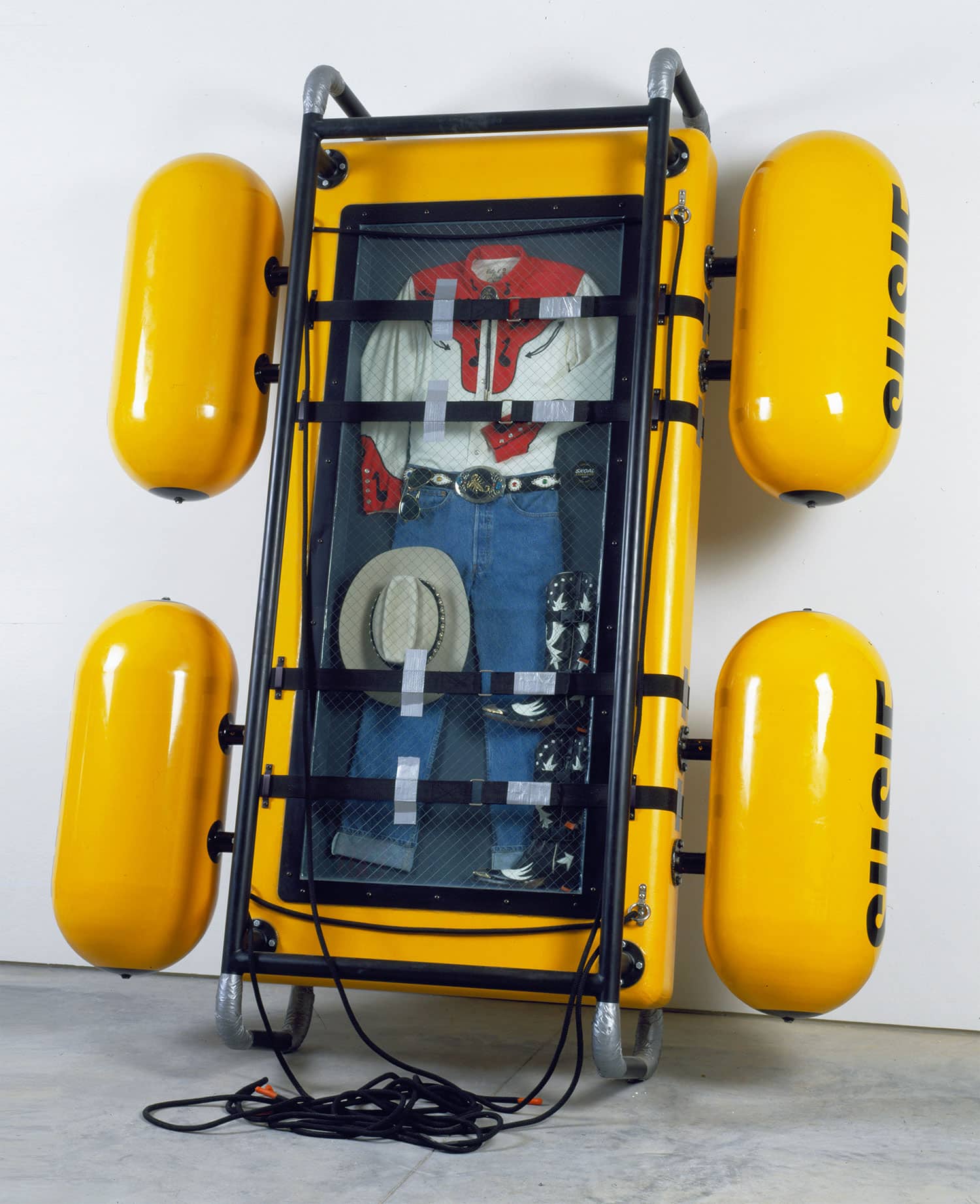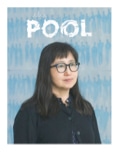Ashley Bickerton (Art BFA 82), whose mixed-media oeuvre encapsulated consumerist parody and fantastical imaginings of the tropics, passed away due to complications from ALS on Nov. 30, 2022 in Bali, Indonesia. He was 63.
Bickerton was born in 1959 in Barbados to a behavioral psychologist mother and a field linguist father. His childhood was marked by repeated moves across countries in four continents until the family eventually settled in Honolulu in 1972. The artist moved to the US mainland in the latter half of the decade, and studied at CalArts with legendary faculty including John Baldessari and Barbara Kruger.
“It was a real mind shake-up,” Bickerton said of his time at the Institute in a 2022 interview with The New York Times. “I was basically told that everything I believed was rubbish, and that I should be ripping up bits of cardboard and locking myself in footlockers overnight and bending every rule.”
After graduating, Bickerton moved to New York, where he participated in the Whitney Museum of American Art’s Independent Study Program. He then began working for Pictures Generation artist Jack Goldstein, and rose to prominence on the New York scene with his biting “Commodity Art.” At a time when neo-expressionist art and graffiti dominated NYC’s downtown scene, Bickerton carved a niche with “assemblages bearing the logos of various carmakers, sneaker brands, publications, and other business interests.” He adopted the brand name Susie Culturelux, often stylized simply as SUSIE, with which he emblazoned several of his works.
Among his best known early works are his parodies of Judd’s boxes, a sculpture series by Minimalist artist Donald Judd. Bickerton recreated the austere boxes and plastered them with corporate logos of the era, presenting the objects as he ultimately perceived them: “something to be photographed, something to be bought, something to be sold, something to be blatant with its own history, its own manner,” he told Artforum in 2013.
In 1993, Bickerton left the New York art scene for Bali. He explained one of his reasons for relocating in a 2017 interview with Time Out: “I wanted to start doing paintings, and it had gotten to the point where there were too many damn social obligations to do the harder studio work painting entails. So I had to get away.”
Newly surrounded by Bali’s verdant landscape, Bickerton’s Commodity Art of the ‘80s transitioned to “more complex modes of representation,” ranging from polyurethane sculptures of marine life to vivid oil paintings depicting the ruin of the natural world. In recent years, a renewed interest in his work—particularly in the New York art scene, where his solo exhibitions were well received at galleries at Lehmann Maupin and O’Flaherty’s—led him to be added to Gagosian Gallery’s artist roster in 2022. Gagosian plans to honor his legacy with a solo exhibition of his works in New York this year.
In a 2022 interview with The Brooklyn Rail, Bickerton stated that his work “has always been a search for identity, an understanding of a dynamic self in the context of an ever shape-shifting larger world where all meaning is fluid and relative.” Though he once professed that the pieces he created throughout his career are vastly stylistically disparate, Bickerton believed that they are connected by a visual language undeniably his own.
Bickerton’s works is found in the collections of various institutions, including the Museum of Contemporary Art Chicago; the Museum of Modern Art, New York City; the Whitney Museum of American Art, New York City; Tate, London; the Stedelijk Museum, Amsterdam; the Berardo Collection Museum in Lisbon; and the Fondation Cartier pour l’Art Contemporain, Paris.
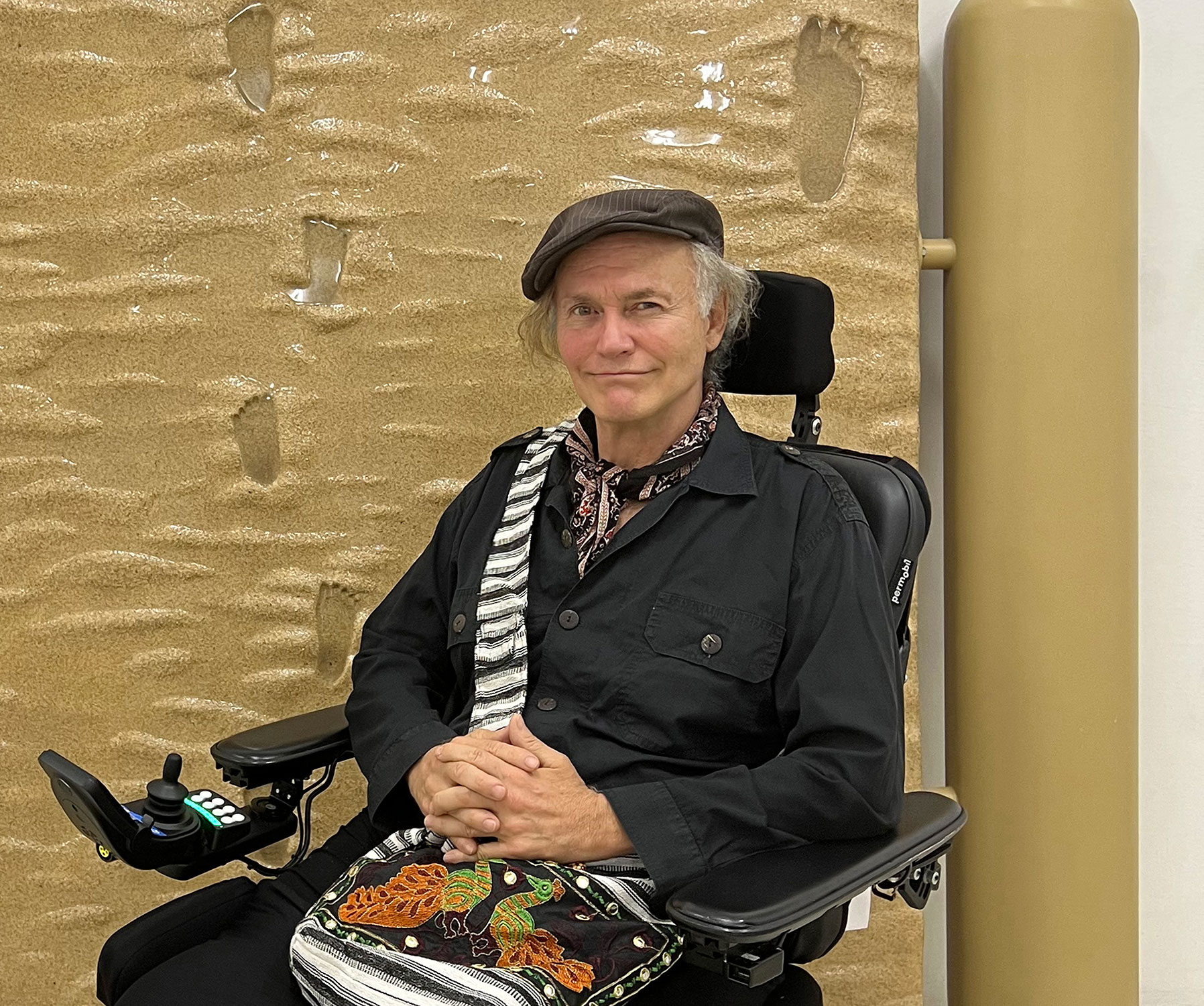

Tormented Self-Portrait (Susie at Arles) #2, 1988. Synthetic polymer, bronze powder, and lacquer on wood, anodized aluminum, rubber, plastic, Formica, leather, chrome-plated steel, and padded black canvas covering. 90 x 69 x 18 inches. 228.6 x 175.3 x 45.7 cm | © Ashley Bickerton. Courtesy the artist and Gagosian 
Orange Shark, 2008. Polyurethane resin, nylon, cotton webbing, stainless steel, mouth wash, distilled water, coconuts and rope. 60 x 116 x 42 inches. 152.4 x 294.6 x 106.7 cm. | © Ashley Bickerton. Courtesy the artist and Gagosian 
Flotsam Painting: Green Sky, 2019. Oil and acrylic on canvas with plywood, glass and stainless steel. 61 x 84 3/5 x 8 2/5 inches. 155 x 215 x 21.5 cm. | © Ashley Bickerton. Courtesy the artist and Gagosian 
Seascape: Floating Costume to Drift for Eternity II (Cowboy Suit), 1992. Enamel on milled aluminum, anodized aluminum, rope, wood, safety glass, caulk, fiberglass, nylon webbing and found object. 91 3/4 x 81 1/8 x 221 1/2 inches. 233 x 206 x 57.1 cm | © Ashley Bickerton. Courtesy the artist and Gagosian
